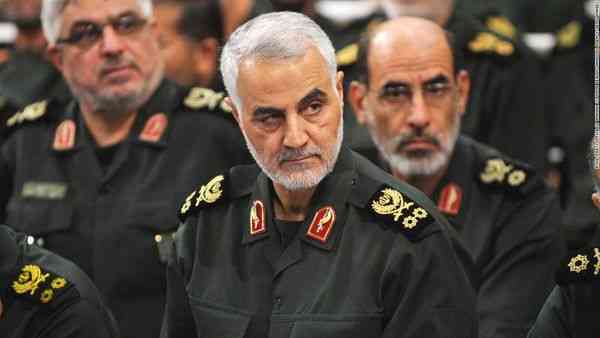In order to know who Qasem Soleimani who has occupied the thinking of Western policy for more than 30 years, we must go back in order to know the Iranian foreign policy.
We must return to 1979, specifically to the "Iranian Islamic Revolution", where the monarchy in Iran was overthrown by " The Spirit of God "Khomeini and Khomeini established a Shiite Islamic government and he believed in the necessity of the ruling of the Islamic rule, so the Iranian state pursued a policy of" exporting the revolution "to the countries that Khomeini called" authoritarian and arbitrary regimes ". In particular, he tried to export his revolution to the countries of the Middle East.
Those countries responded to Khomeini's policy by responding, especially if most of the Middle Eastern citizens were ruled by the Sunnis and that the "export of the revolution" is the Shiite goal. The first country that responded to Khomeini's plans to spread the revolution was Iraq when Iraq declared war on Iran and started the invasion of Iran with the aim of stopping the expansion of exporting the revolution and toppling their Islamic regime so the war began in 1980 by the order of the dictator Iraqi Saddam Hussein with American help, and America was helping Iraq and helping Iran at the same time, but its assistance to Iraq was more and Iraq also supported most of the countries affected by the "policy of exporting the revolution" (Saudi Arabia, Kuwait, Egypt, Yemen, United Arab Emirates).
The war lasted for eight years in which the Iraqi and Iranian regime was exhausted, which called on Khomeini to request a cease-fire and sought the help of the Security Council, and he later regretted this in his statements
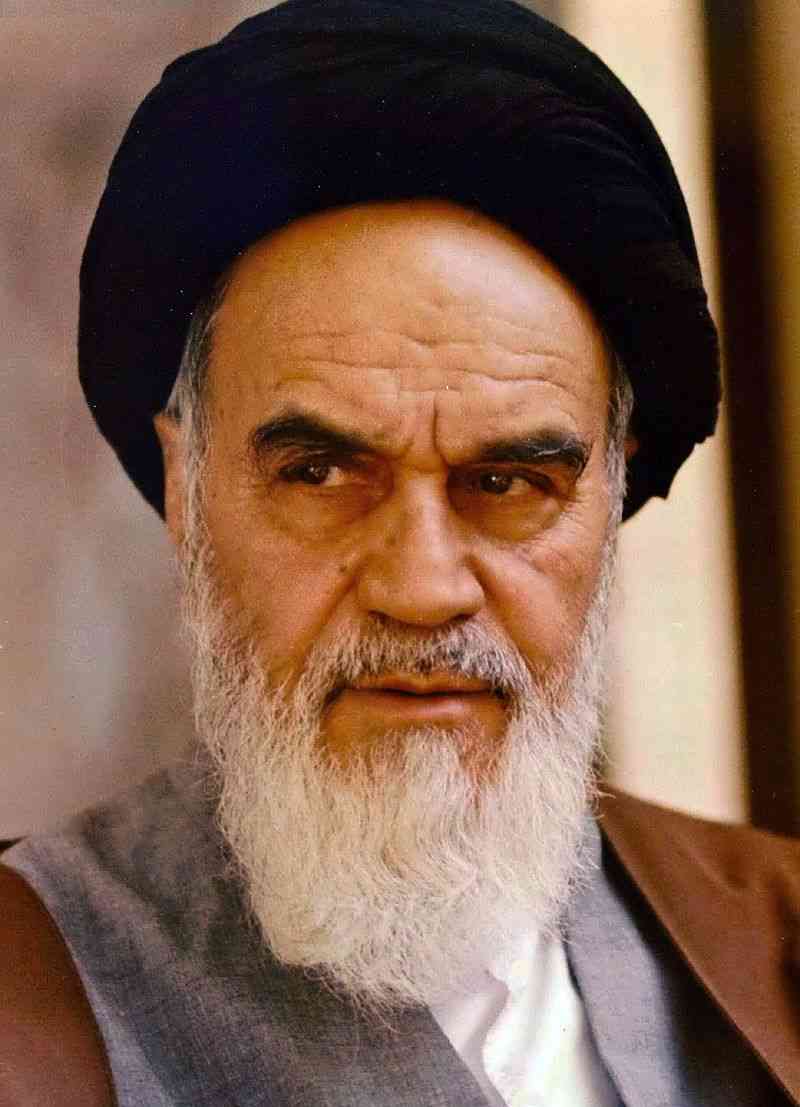
At the time of the war, Iran had no relationship with the countries of the Middle East, so it started implementing the policy of exporting the revolution in a stronger way because it was not able to completely defeat Iraq, so it fought on two fronts, the first was on the Iraqi borders and the second inside the countries of the Middle East.
Qasem Soleimani was leading the 41st corps that carried out many operations in the war Direct, and then Khomeini established what he called the "Revolutionary Guards" and his most prominent branch was the "Quds Force", which is a special force with strong training. This force supported the Kurds in their war against the Iraqi regime and against Saddam Hussein and in order to spread the revolution and carry out operations outside the borders of Iran. The first use of this force was in the Lebanese civil war. When there is a weak government and conflicts, there is a gap in order to interfere in it and develop your ideology in that country and attract the attention of young people to you in order to recruit them and wash their minds.
Iran found that gap, so it tried to spread its revolutionary Shiite ideas among the people, especially in southern Lebanon, so it supported the Lebanese militias, especially the Shiite ones, and provided them with weapons, money, and special training and training them in street war, so a Shiite movement was established under the name of "Amal Movement" led by Imam Musa al-Sadr with Iranian assistance and funding.
One of the members of the "Amal Movement" was "Hassan Nasrallah", who had met Abbas al-Musawi, both of whom contributed to the establishment of "Hezbollah" This party activity appeared after 1982, the year of the Israeli invasion of Lebanon.
Hezbollah was fighting on behalf of Iran inside Lebanon, and they were able to carry out many successful operations against the Israeli forces, they also bombed the American embassy in Beirut, killed more than 40 Israeli soldiers and waged a guerrilla war in southern Lebanon. They managed ideologically over Lebanon and their main stronghold in southern Lebanon. Hezbollah gained tremendous public support, which made it stronger than The Lebanese army itself and Hezbollah launched a guerrilla war across the country against Israel, and this prompted Israel to leave the country.
Then Iran's expansionist policy succeeded in extending its influence over Lebanon, and it also succeeded in exporting the Shiite revolution to Lebanon, all thanks to the "Iranian Revolutionary Guard" and "Quds Force".
Then Iran realized the importance of militias in countries with a weak system of government, and it exported weapons and money to most of the Middle East countries (Iraq, Syria, Yemen, Palestine, Lebanon).
In 1998, Qasem Soleimani assumed the presidency of the Quds Force, and he performed many and many military tasks inside and outside Iran, the first of which was to eliminate and crush the Kurdish uprisings in the Iranian West.
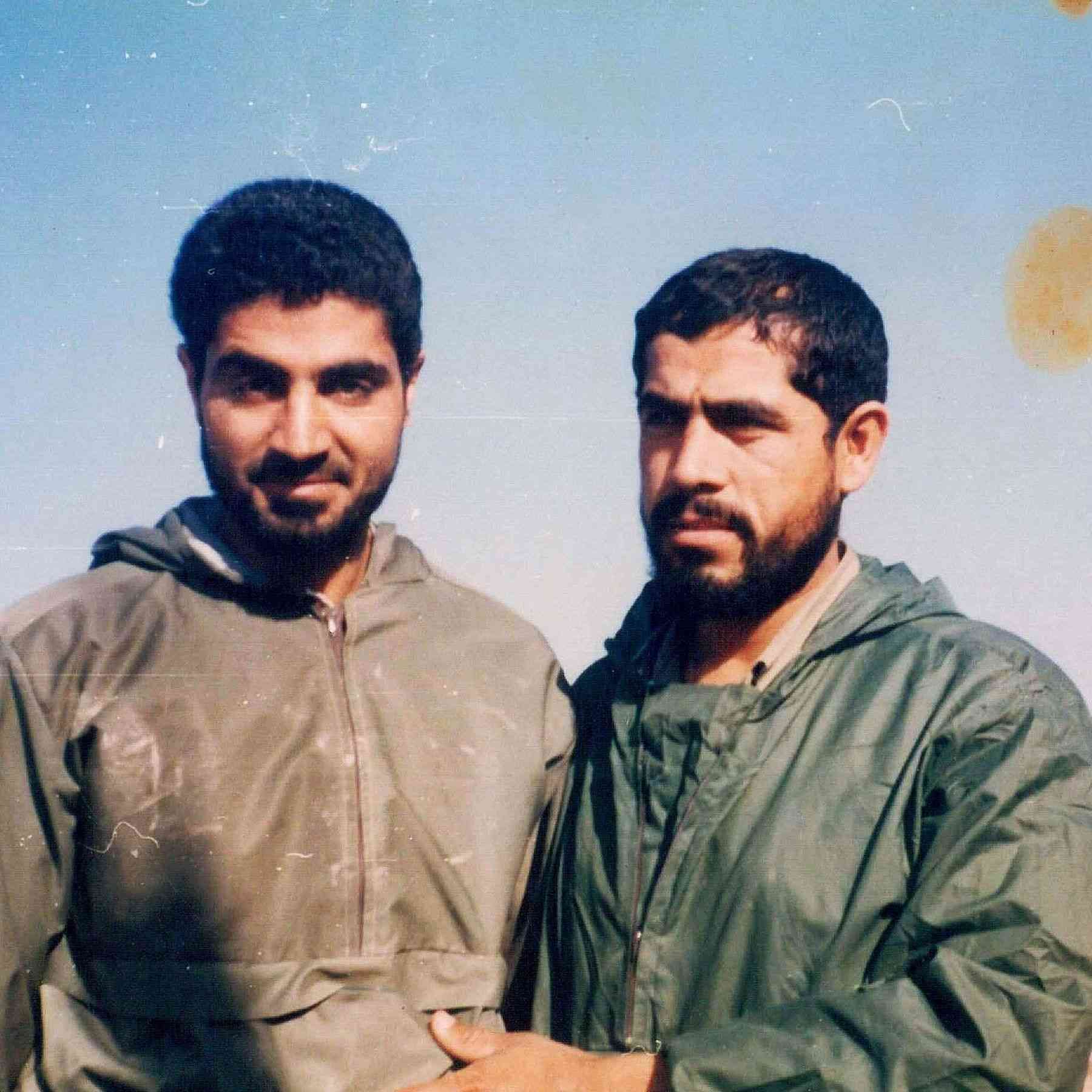
His leadership of the "Qods Force":He took the leadership of the Quds Force at the end of 1997 beginning of 1998 and assumed the implementation of Iranian policy inside and outside the country and his job was to assassinate the enemies of the Islamic revolution at home and abroad and to supply and arm the allies with weapons, money, political money and political influence.
One of Qassem Soleimani’s dreams was to reshape the Middle East again, according to Iran's expansionist and imperialist policy.
Qasem Soleimani In Syria:
In 2011, demonstrations took place across the country against the unjust and arbitrary Syrian Baath regime and to topple Bashar al-Assad from power, and soon the matter turned into a civil war between the regime and the authority. Then, Iran found the loophole to enter Syria, and indeed Qasem Soleimani invested this loophole and supported the Syrian authority against the outgoing Syrian people He then supplied him with weapons and men to fight and used the "Shiite ideology" as a propaganda to gather volunteers from across the Islamic world, according to the Iranians' claim "to protect the Shiite sanctities in Syria and prevent their destruction" and to carry out their religious duty "jihad". The people who believed in the Shiite ideology rushed from all countries to protect their religious sanctity, but they They did not know that they were fighting for the Syrian regime, and this is one of Qasem Soleimani's ingenious strategies by using propaganda in order to win the recruitment of the believers in this case and he himself interfered with field work and operations in the battles on Syrian soil.
He used the militias previously formed in Iraq and Lebanon to fight in Syria, such as: (Hezbollah - Lebanon) (Asaib Ahl al-Haqq - Iraq) and he was constantly moving between (the colonies of Iran) (Syria, Iraq, Yemen, Lebanon) and Qassem Soleimani succeeded and deservedly kept The Syrian regime and Bashar al-Assad are at the head of power. But as a doll.
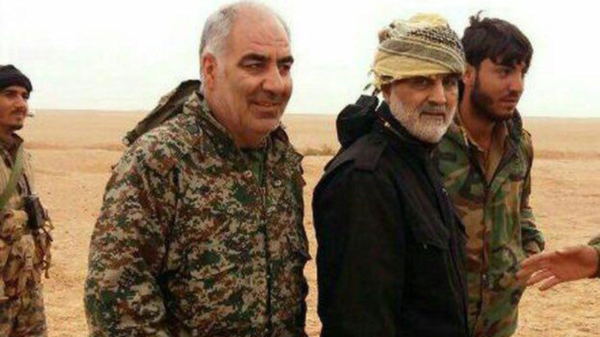
Qassem Soleimani in Iraq:
After the year 2003 and the fall of Baghdad at the hands of the American occupation forces to Iraq and the fall of Saddam Hussein’s Sunni regime, the state weakened, especially after the military ruler of Iraq, Paul Bremer, ordered the dismantling of the Iraqi army and the demobilization of its leaders. An opportunity arose for the Iranians to intervene and use the “Shi’ite doctrine” to control the hearts of the Shiites, especially after Saddam Hussein's regime used to treat them with disdain and cruelty.
Then Qassem Soleimani established and supported Iraqi Shiite militias and also supported them with political money to form the government of Iraq and be another puppet in their hands and support the militias with weapons and training in order to fight the American forces in Iraq and push them to leave Iraq so that they would not compete with Iran for Iraq for the sake of Facilitating control of Iraq's vast wealth, being rich in natural resources and oil, as Iraq’s reserves of second oil globally after Saudi Arabia, sulfur and phosphate are in Iraq, and according to some studies there is also “red mercury”.
And he actually succeeded in getting the Shiites to rule the country and implement the ideology of Qassem Soleimani to divide Iraq along sectarian lines and contributed to increasing the popular dispersion of the Iraqis, especially when the sectarian civil war occurred between the Shiites and Sunnis, where more than tens of thousands of citizens occurred as a result of sectarian policies that made people kill each other .
In 2014, after ISIS entered Iraq and controlled a third of its territory, Qassem Soleimani sensed the danger of losing Iraq and also the danger of Iraq falling to ISIS, and this posed a direct threat to Iran. Qassem Soleimani called his militias to defend Iraq and provided them with weapons, equipment, training, and generals to lead the battles to liberate Iraq. in order to protect Iraq, protect Iran, and protect Iran's interests in Iraq, this has already succeeded, and has stopped ISIS with the help of the Iraqi army and the international coalition led by the United States of America.
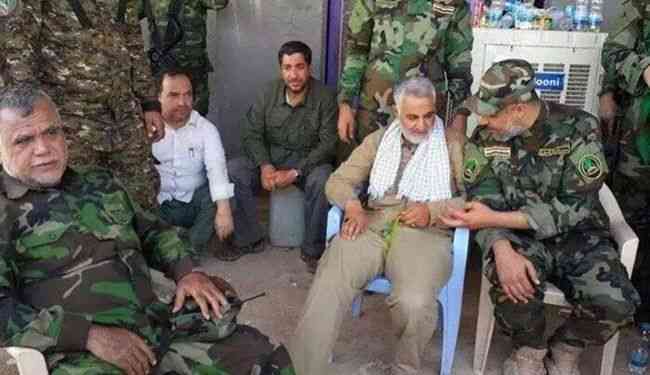
After the outbreak of popular demonstrations in Iraq in 2019 in October and transformed into an uprising led by conscious youth against Iranian interference in Iraq and the American intervention, Qassem Soleimani also commanded his militia leaders to engage in the demonstrators and sabotage the demonstrations and use the most brutal methods of repression and killing and the use of snipers to kill the demonstrators, so more than 470 fell Thousands of dead and thousands wounded, and the corrupt government has backed up with political money to buy the corrupt members of the Iraqi parliament.
Here, Qassem Soleimani began to count the effects of his expansionist actions and strategies, so a revolution took place in Iraq and its revolution was accompanied by a revolution in Lebanon in order to claim the sovereignty of their country and stop Iranian interference and the situation became out of control.
His Death:
At 1 a.m. on 1/202020, explosions were heard near Baghdad International Airport, and the Iraqi government said that three rockets had occurred in the vicinity of the airport, killing and wounding people whose identity had not been clarified. He was killed by the American forces and the hostile Israel, and hours later, the American Pentagon confirmed that Qassem Soleimani was killed by a military raid carried out by the American forces ’flight near Baghdad International Airport.
His body walked in Baghdad with thousands of mourners who chanted "Death to America is death for Israel" and then he was transferred to the Iranian capital Tehran and there he attended his funeral with a million march around the Iranian capital Tehran and attended the funeral of "Ali Khamenei" the supreme leader and leader of the Islamic Revolution.
As a result of the stampede, and the crowd attending the funeral of Qassem Soleimani, 56 people were killed as a result of the stampede, and hundreds of people were also injured.
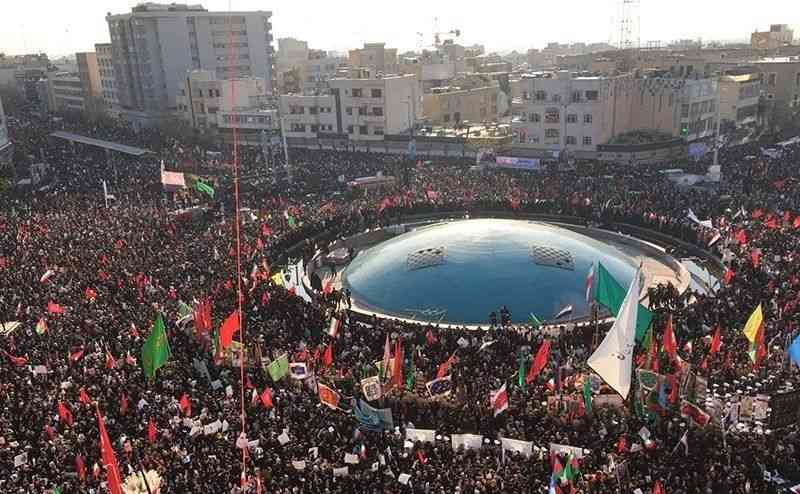
Over View:
Qassem Soleimani was a unique politician who provided great service to Iran and expanded its political, economic and imperial influence outside its borders, and this is something that no one can do.
Now that Qassem Soleimani has left the land and life, will Iran's expansionist and imperialist policy change?
Or will another leader appear in the place of Qassem Soleimani to complete his aspirations with new methods?

